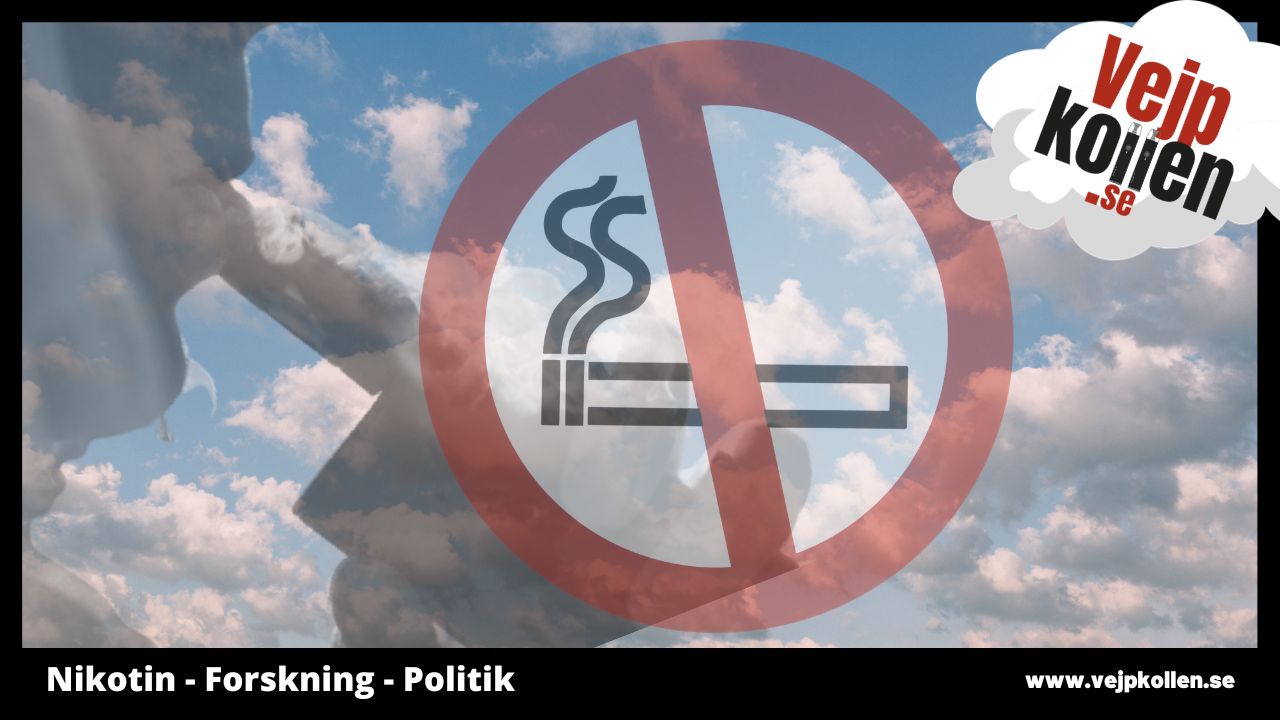Children exposed to second-handvejp smoking ingest one-seventh of the nicotine compared to the levels caused by passive smoking. The level is so low that some experts call it 'negligible' and that the low levels are unlikely to pose a health risk.
At the same time, vejp users are more likely to use nicotine indoors than smokers and the authors advise against blowing vejp vapour near children.
The study, led by researchers from University College London and published in JAMA Network Open shows that children exposed to vapour from e-cigarettes indoors absorb less than one-seventh as much nicotine as children exposed to smoking indoors.
The researchers analysed blood samples and survey data from 1,777 children aged three to 11 in the US. Notably, the study focussed only on nicotine and suggests that exposure to other harmful substances in e-cigarettes is likely to be much lower than smoking.
"For the user, e-cigarettes certainly deliver similar levels of nicotine as tobacco - but they contain only a fraction, if any, of the other toxic and carcinogenic substances found in cigarettes." the researchers write in their analysis.
Significantly less exposure
The primary reason for focusing on data from children is that, unlike adults, children were unlikely to have used e-cigarettes or smoked themselves - so it was possible to rule out the possibility that the nicotine had entered the body in this way. Two children were excluded from the study because it was suspected that they had smoked or vejpat themselves. Children exposed to both smoking and vapour indoors were also excluded from the analysis.
The study found that children exposed to indoor vapour absorbed 84% less nicotine than children exposed to indoor smoking. Children not exposed to any of these environments absorbed 97% less.
"Negligible quantities"
Although children in vejp environments absorb slightly more nicotine than those not exposed to either smoke or vapour, addiction experts say this is not a cause for acute concern. Peter Hajek is Professor of Clinical Psychology and Director of the Health and Lifestyle Research Unit at Queen Mary University of London.
"Cigarettes release nicotine and a number of other highly toxic substances into the environment, mainly when the cigarette burns between puffs. E-cigarettes, on the other hand, only release the nicotine that has not been absorbed by the user. The study confirms that the amount of nicotine exhaled by vejp users, and to which children and bystanders are exposed, is negligible" says Peter Hajek commenting on the new study on the Science Media Centre website:
"Passive vejping" is unlikely to pose any health risks, but vejpers should of course respect that others may dislike the smell or sight of the aerosol from their devices."
Limited risk with nicotine only
The study's lead author Harry Tattan-Birch, from the UCL Institute of Epidemiology & Health Care, agrees:
"Our study shows, using real-world data rather than an artificial laboratory setting, that nicotine absorption is much lower from passive vapour than from passive smoking," he tells Medicalxpress page.
"The nicotine itself poses a limited risk, but it shows what the maximum possible exposure from passive vapour might be. Exposure to harmful non-nicotine substances in vapour is likely to be much lower," he adds
More vejpar indoors
However, Professor Lion Shahab from the same institute emphasises that children should not be exposed to harmful substances at all.
"The study suggests that concerns about passive vapour may be somewhat exaggerated, as it is likely to lead to very low passive exposure to toxicants. However, the results confirm the risks of smoking indoors around children, which should be avoided at all costs. However, as passive vapour still exposes children to more harmful substances than no exposure at all, it is of course best to also avoid using e-cigarettes indoors, around children."
The same team behind this study has shown through previous research that adults are much more likely to use e-cigarettes indoors than to smoke. Nine out of ten vejpers used e-cigarettes indoors, while only half of smokers smoked indoors.
Should smoking bans apply to e-cigarettes?
The lower levels of nicotine from passive vapour shown by the study are consistent with previous laboratory studies in the same field. These have found that people retain 99 per cent of the nicotine they inhale through e-cigarettes. Professor Peter Hajek points out that cigarettes lead to passive smoking both through the smoker exhaling smoke and through the smoke of the burning cigarette. In contrast, vaping does not generate aerosols except when users exhale.
Can normalise use
The researchers say that their results may show that vejpning may be authorised indoors. In terms of health, there is no evidence that it should be banned. However, the researchers also point out that there are other factors to consider when assessing whether indoor environments should be free of e-cigarettes.
"If allowed, it could normalise the behaviour, encourage people to start using e-cigarettes and make it harder for others to quit." the researchers write.




